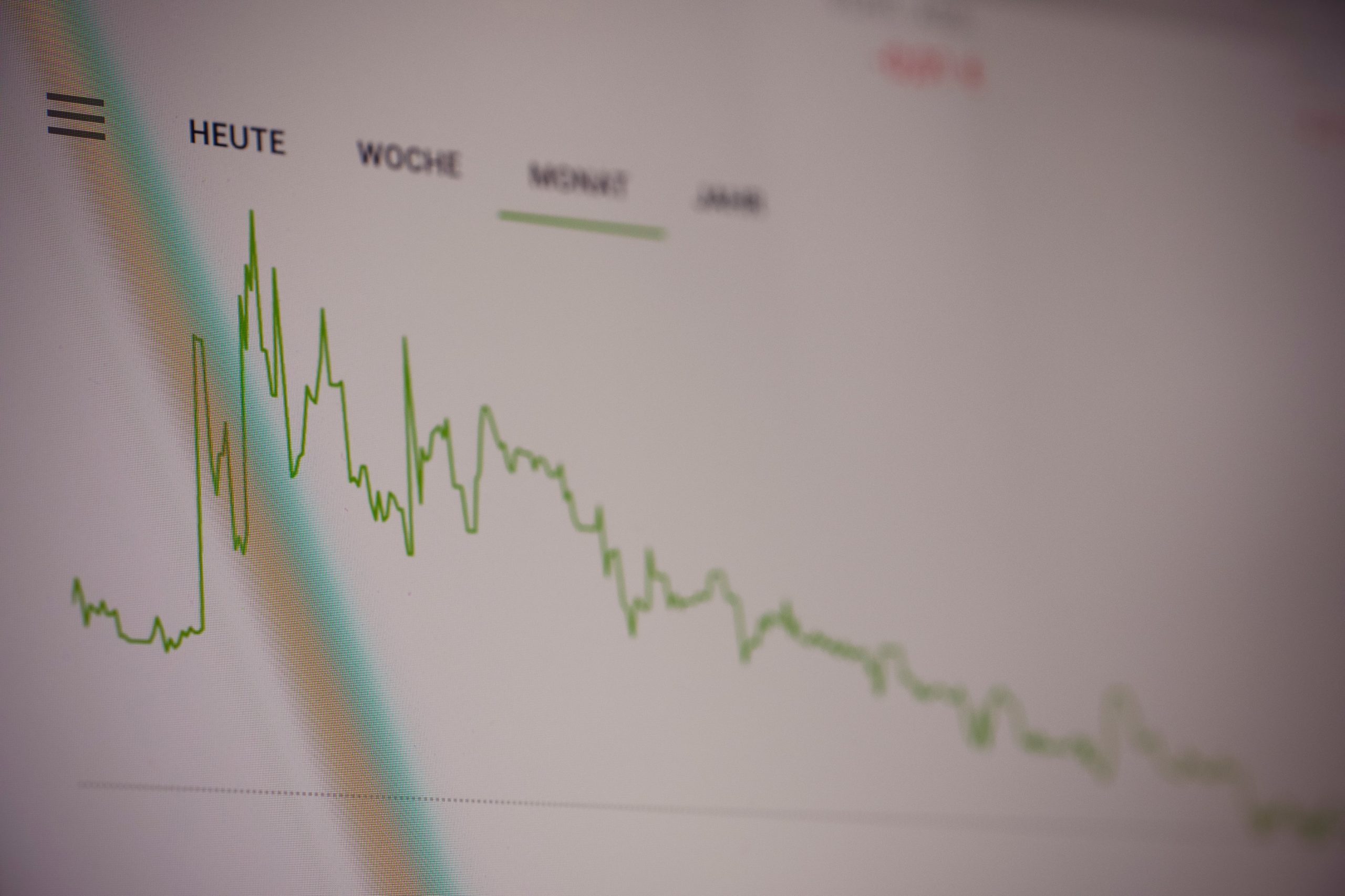Blog
- Finance
- Financial analysis
- Forex for begginer
- Forex for pro-trader
- Fundamential analysis
- News
- Technical analysis
-

Volume indicators and their relevance to forex trading
-

The benefits and drawbacks of stock splits
-

In CFD trading, developing short-term trading methods is crucial
-

Questions to ask when buying forex signals software
